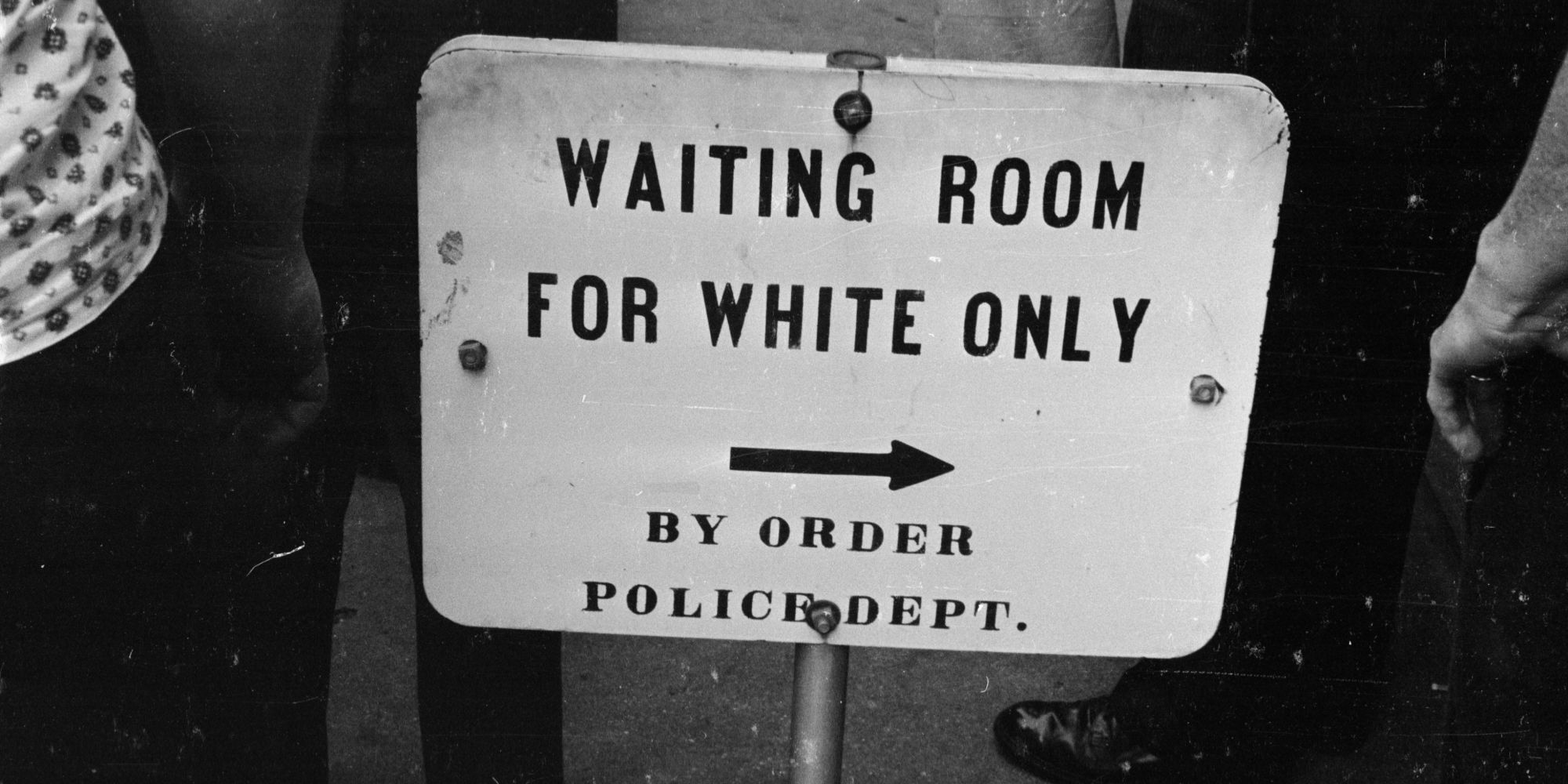Deregulation Is an Anti-Racist Policy
The American media loves few topics more than race and racism because it is something everyone can agree is wrong. Reporters are always on firm moral ground when ferreting out a racist and condemning him or her, based usually on offensive words, biases, or caricatures. This approach of policing words and thoughts trivializes the real damage of racialist ideology and its deep history of deploying the state to turn one group against another.
It so happens that the American regulatory state – affecting labor, housing, commercial zoning, medicine, and industrial structure – was born at a time when “scientific racism” had massively infected elite culture in academia and government. The time was the Progressive Era, but it was the wrong name.
It wasn’t about progress. It was about using government power to slow down and redirect the vast material gains of the second half of the 19th century, a time when every sector of American economic life took a dramatic new turn. There was internal combustion, the commercial viability of steel, growing communications networks, electricity in homes and city streets, and flight. This was genuine progress, as driven by entrepreneurship and market forces.
The misnamed Progressives worried that it was too much, too fast, and the core of their concern was demographics, which is to say that they believed that there was too much race mixing and the wrong people were reproducing too fast and making too much money. Believing that they were following up on warning by Charles Darwin that too much material progress was threatening the course of biological evolution, Progressive intellectuals and policy makers hatched plans for saving the white race in America from sure destruction.
A classic statement comes from The New Republic in 1916: “Imbecility breeds imbecility as certainly as white hens breed white chickens; and under laissez-faire imbecility is given full chance to breed, and does so in fact at a rate far superior to that of able stocks.”
If that sounds shocking to you, even implausible that anyone would believe it, I would invite you to examine any mainstream academic writing on the topic between 1890 and 1935. What you will find is a hard-core racist presumption and an exterminationist policy agenda.
Consider this 1896 book published by the newly formed American Economic Association.
“It is not in the conditions of life, but in race and heredity that we find the explanation of the fact to be observed in all parts of the globe, in all times and among all peoples, namely, the superiority of one race over another, and of the Aryan race over all…. The Aryan race is possessed of all the essential characteristics that make for success in the struggle for the higher life, in contrast with other races which lack in either one or the other of the determining qualities.”
For this reason, there must be absolute racial segregation: “Intercourse with the white race must absolutely cease and race purity must be insisted upon in marriage as well as outside of it…. The presence of the colored population is a serious hindrance to the economic progress of the white race.”
The book concludes that with the right segregationist and exclusionist measures, the black race can become extinct. Hence, the white race should “not hesitate to make war upon those races who prove themselves useless factors in the progress of mankind.”
What were some of the measures adopted in policy to make such a war? Occupational licensing in law and medicine were driven by racialist concerns, including the earliest regulation of medical schools, which shut out blacks from the profession. Zoning laws in cities were designed to segregate and exclude. Marriage licenses had a specific eugenics intent of promoting procreation only among the “fit.”
The earliest labor regulations implemented the idea of a minimum wage. It was widely supported by Progressive intellectuals precisely because it could be used as a tool to socially isolate and economically exclude undesirable persons. It’s not hard to understand how this works. If you raise the bar high enough for people to enter the workforce, they are forced into unemployment and doomed to poverty.
This is precisely what the leading economist Frank Taussig pushed in his 1911 text Principles of Economics. Regretting that “we have not reached the stage where we can proceed to chloroform them once and for all,” he suggested that the unfit “can be segregated, shut up in refuges and asylums, and prevented from propagating their kind.” The minimum wage would be ideal: “The persons affected by such legislation would be those in the lowest economic and social group.”
Royal Meeker, Woodrow Wilson’s commissioner on labor, stated the intention clearly: “It is much better to enact a minimum-wage law even if it deprives these unfortunates of work.” The famed British socialist Sydney Webb agreed, writing “The unemployable, to put it bluntly, do not and cannot under any circumstances earn their keep. What we have to do with them is to see that as few as possible of them are produced.”
The earliest experiments in wage regulation were “successful” in this sense: they did reduce employment among marginalized population groups. But that was just the beginning. If the driving purpose of economic life is to curate the population toward race supremacy, women must be steered away from commercial employment and toward full-time motherhood. This is why the earliest tests of maximum working hours legislation, and control of working hours generally, all specified that the legislation pertained exclusively to women.
Moving forward in time, the eugenic aspirations of the ruling class yielded more regulation of economic life. The immigration acts of the 1920s were constructed to exclude unfit populations such as Slavs, Jews, and Italians. The labor regulations of the 1930s had white supremacist intentions. The business regulation in cities zoned black and other minority-owned businesses into special districts. Even the anti-cabaret regulation of the 1940s, repealed only late last year in New York, was structured to prevent racial mixing.
You might think that with so many great scholars unearthing all of this unseemly history that people on the left would rethink their support of the regulation of economic life. They should. Further, they should embrace market-driven commercial life as the one form of economic organization that offers up the best-possible hope for the realization of peace between groups and ever-expanding circles of shared prosperity.
Markets breed integrated communities. Go to any large city with a heterogeneous population (New York, Miami, Atlanta) and you see it in the everyday business life of the city. Commerce is what breaks down prejudicial barriers and brings people together. Deregulation in every area – from labor to immigration to medical provision to land use to marriage regulation – is the best-possible anti-racism policy. This emancipationist agenda will go much farther to stamp out racism than policing politicians and their silly pronouncements.













